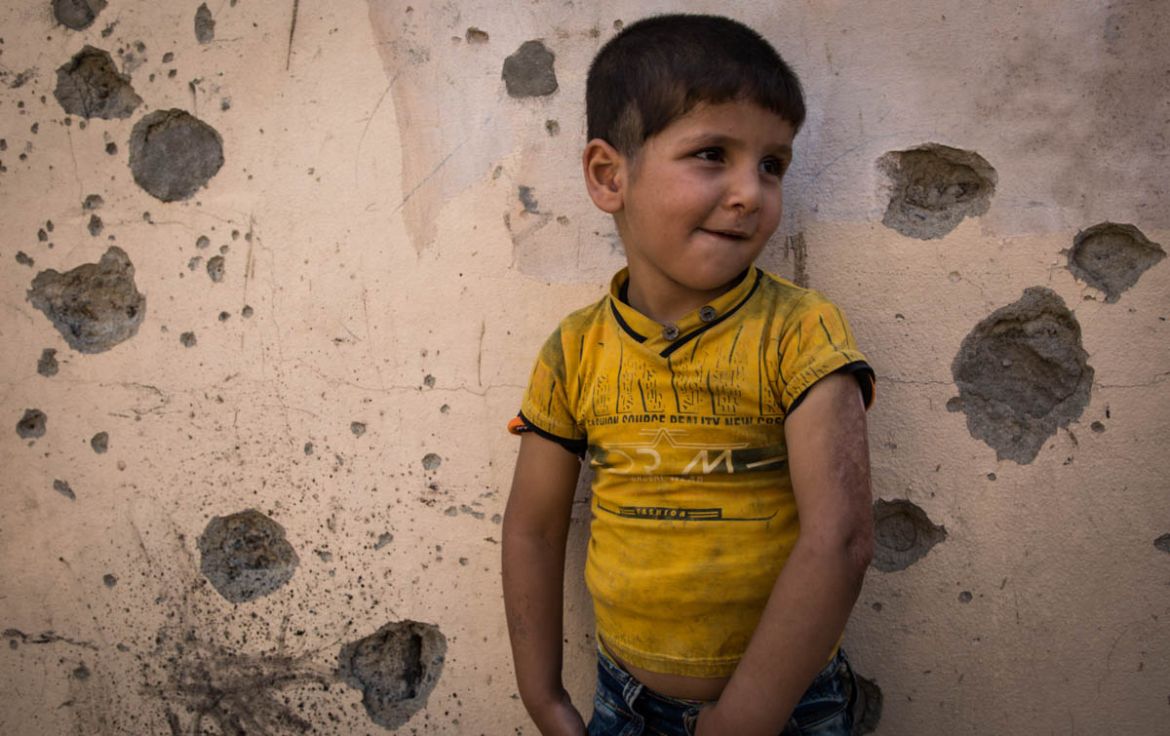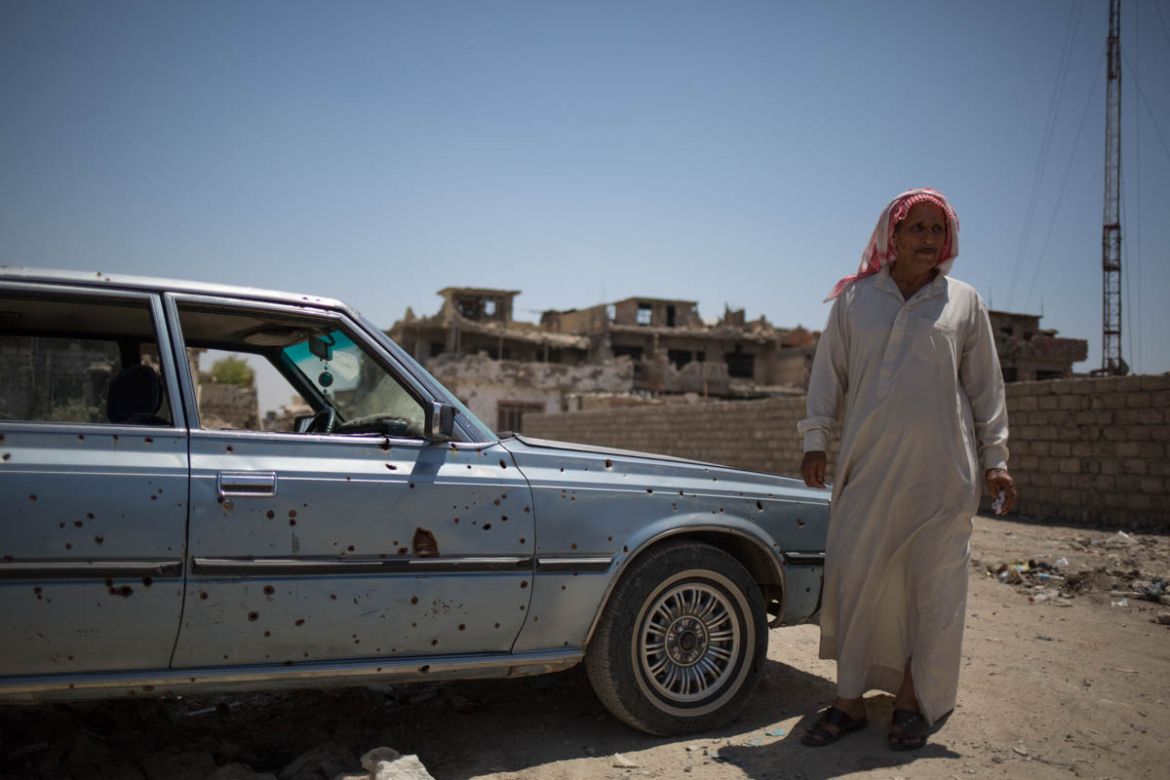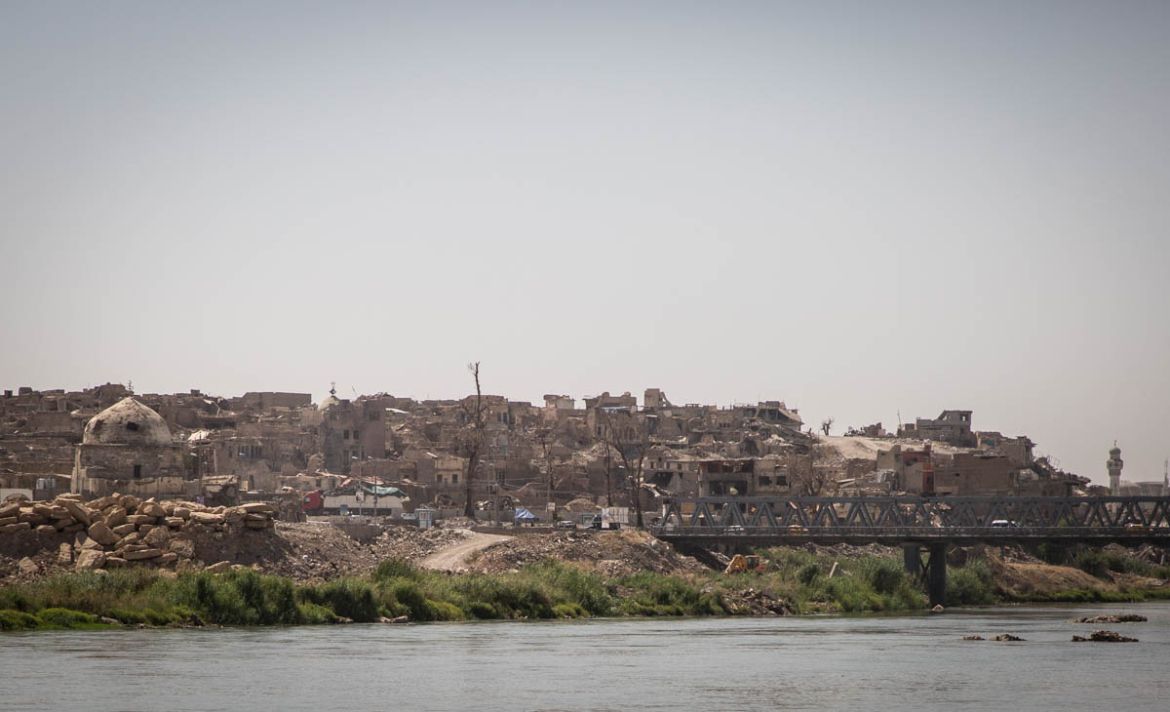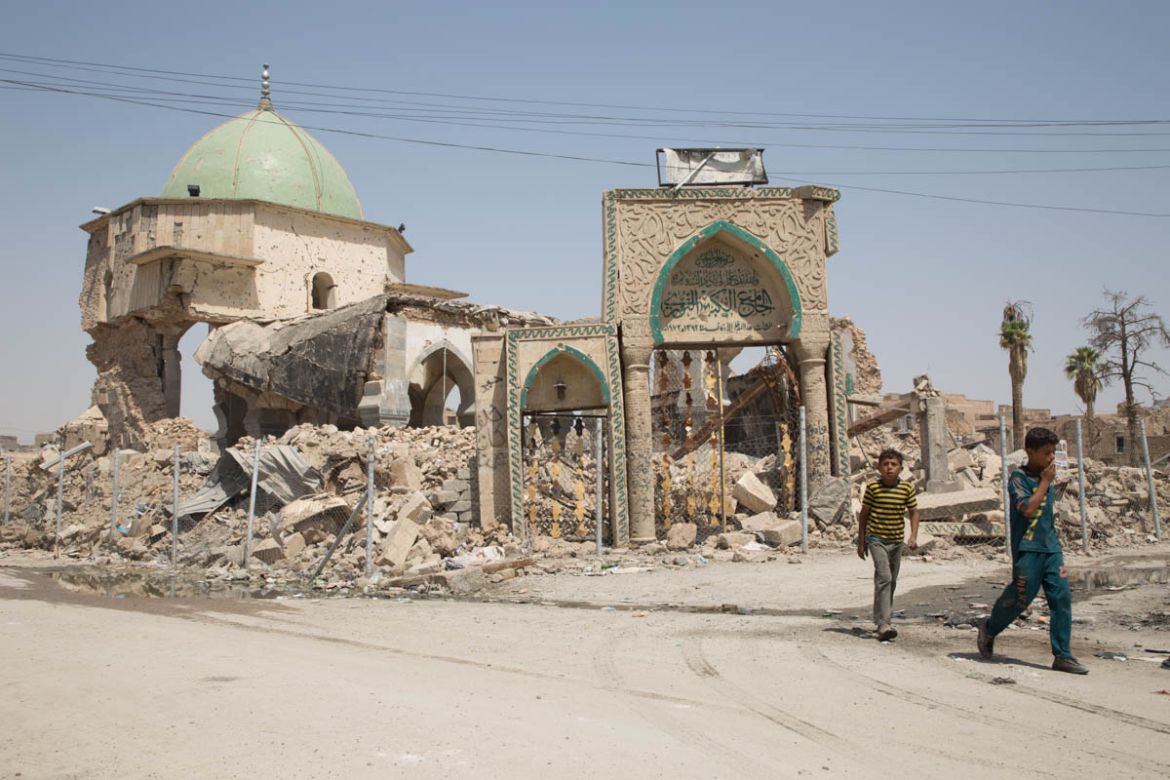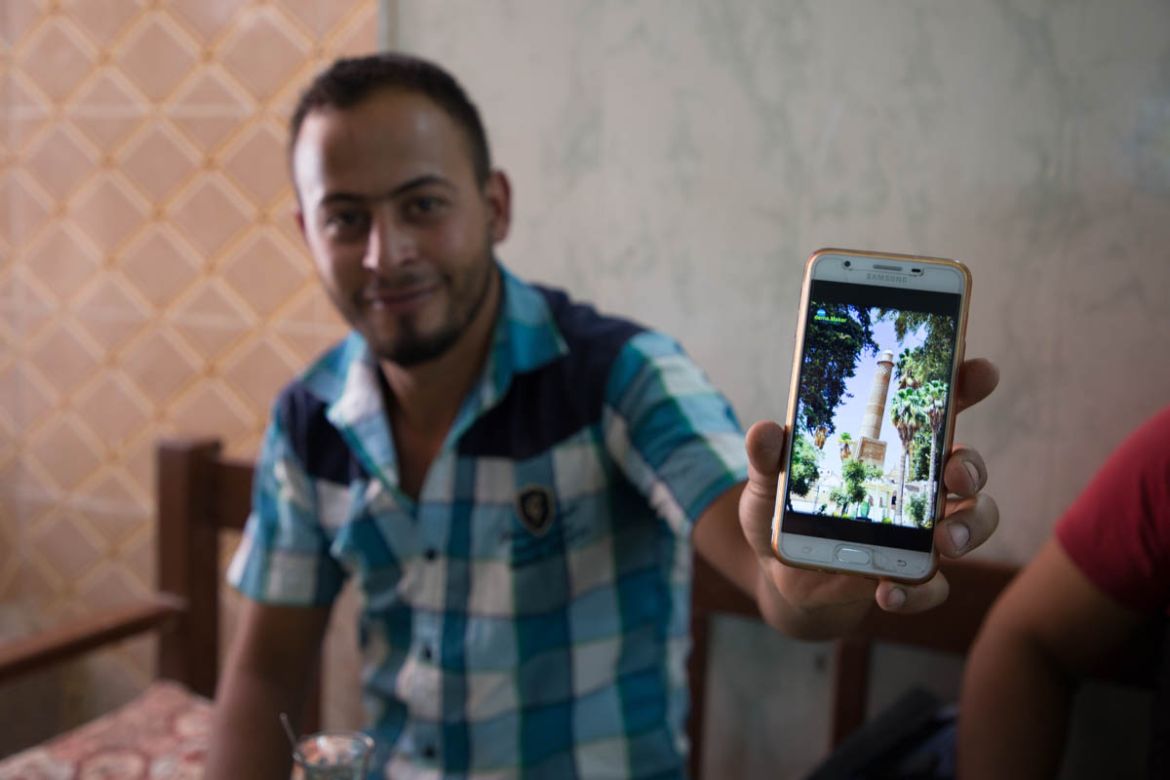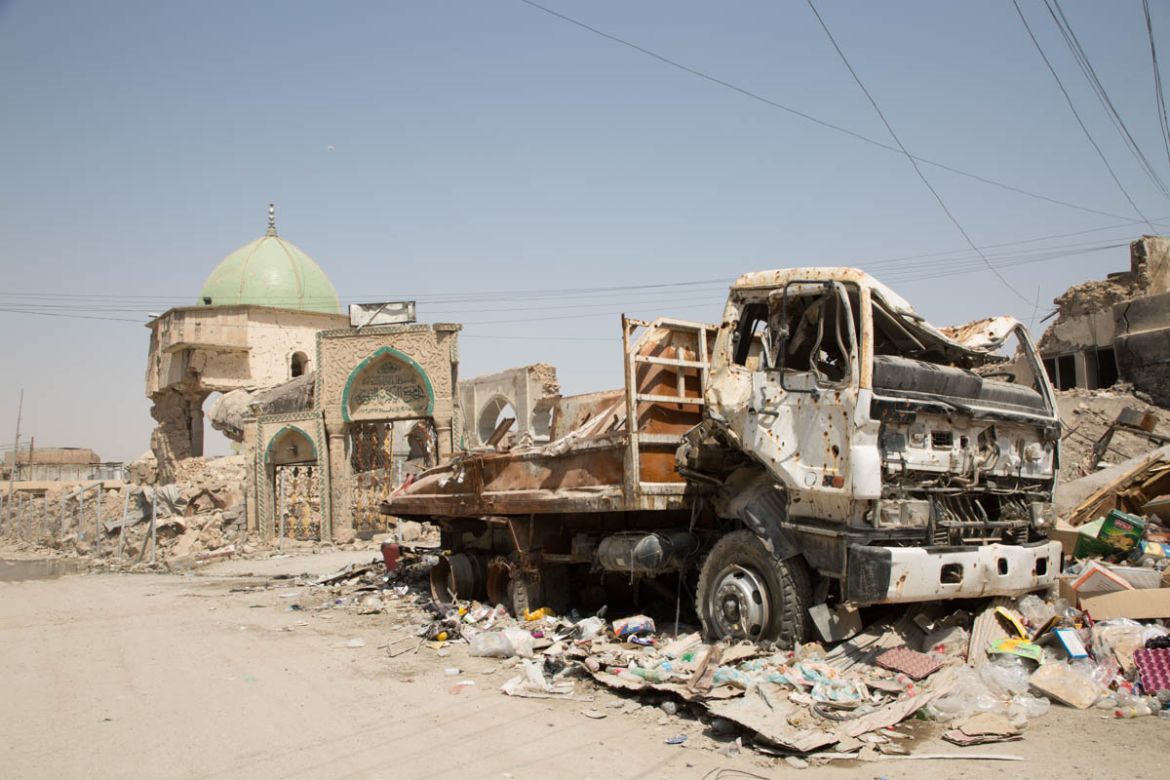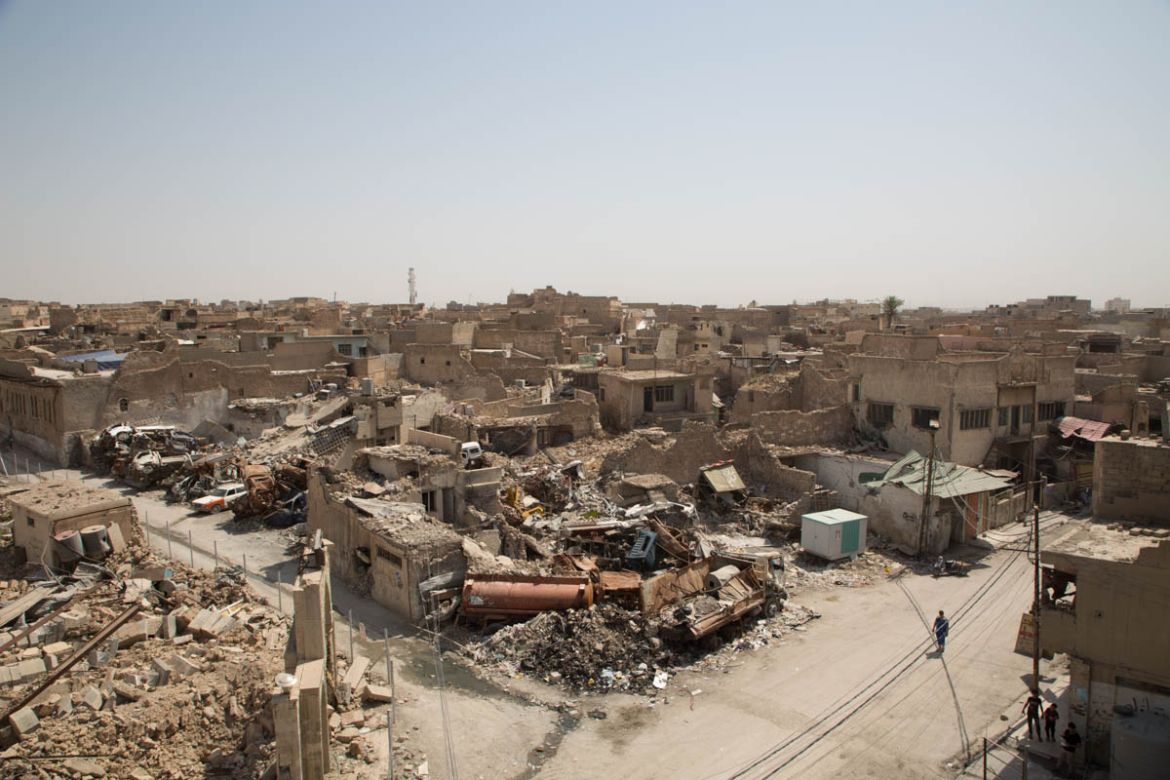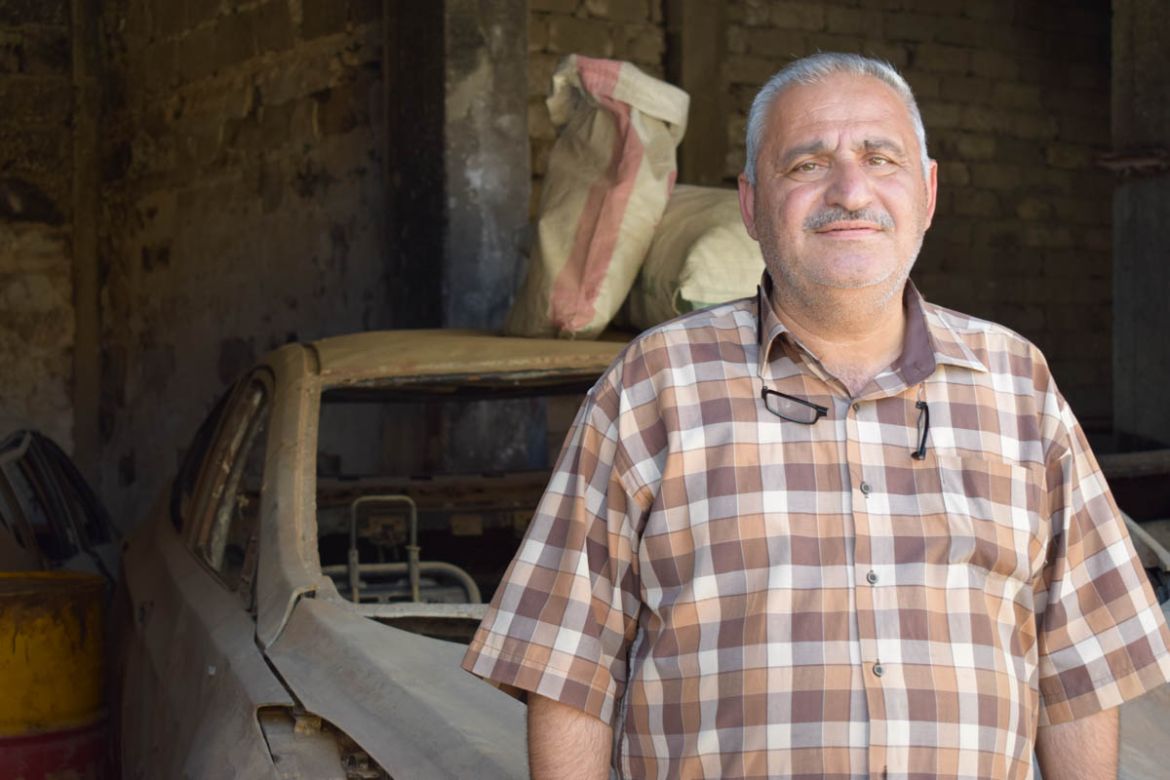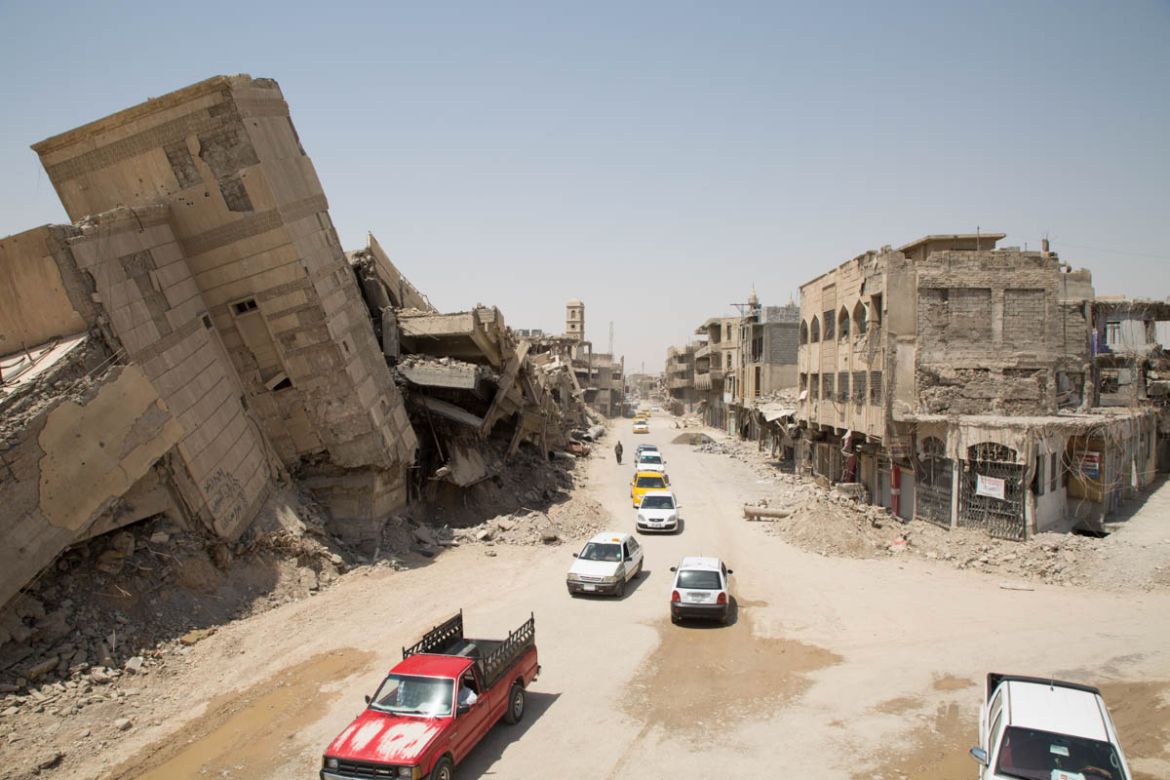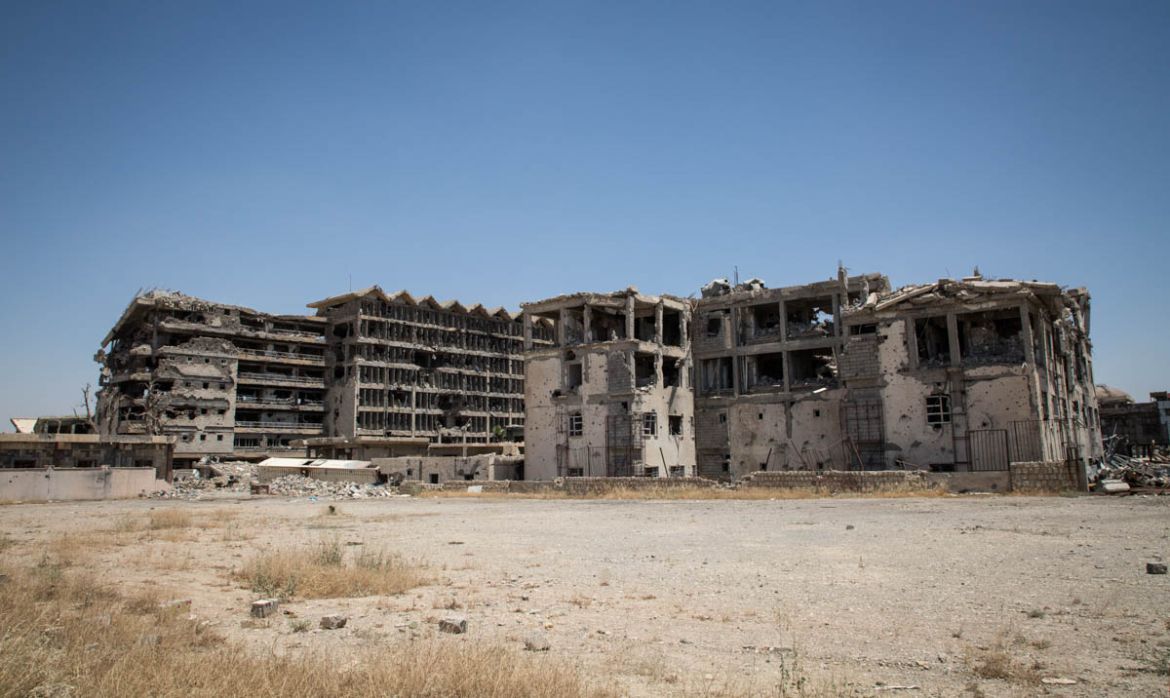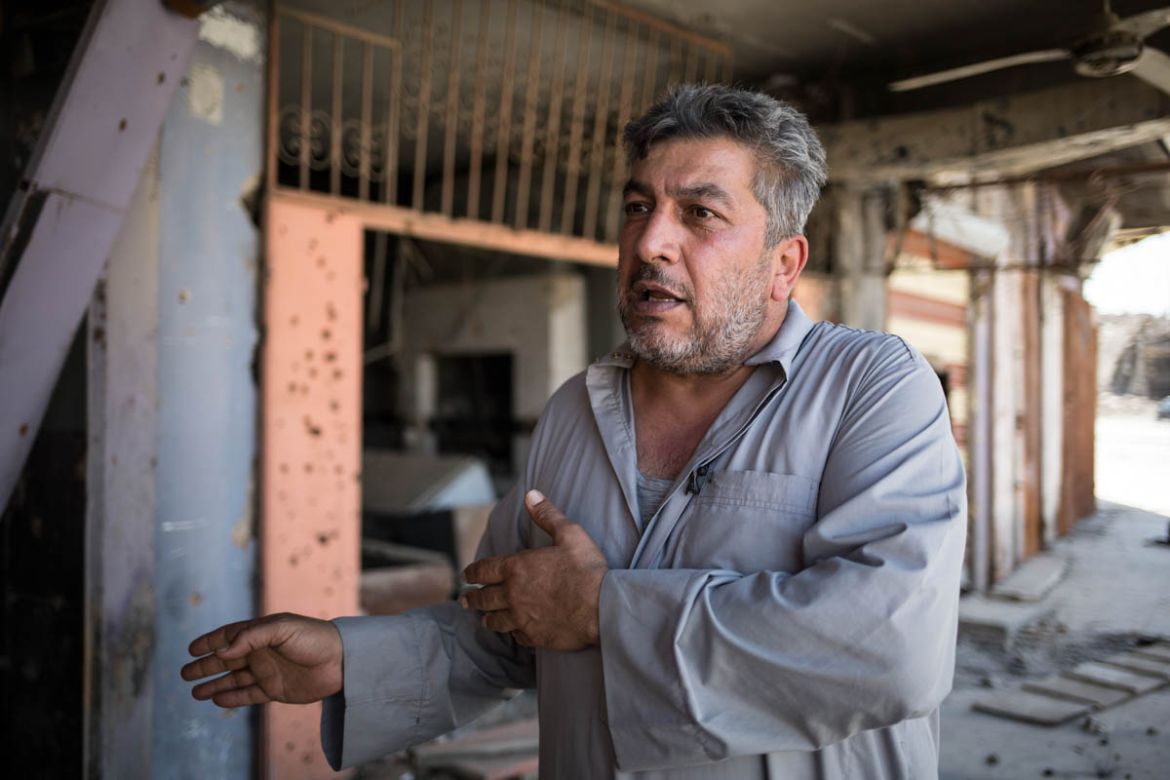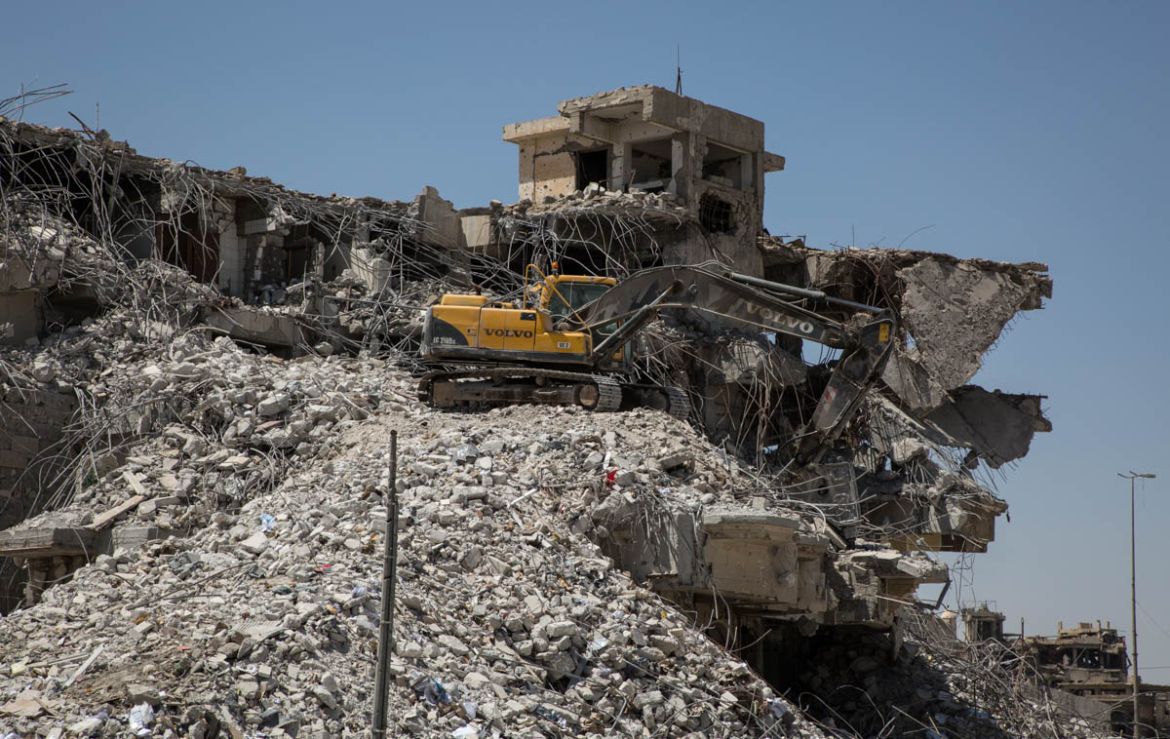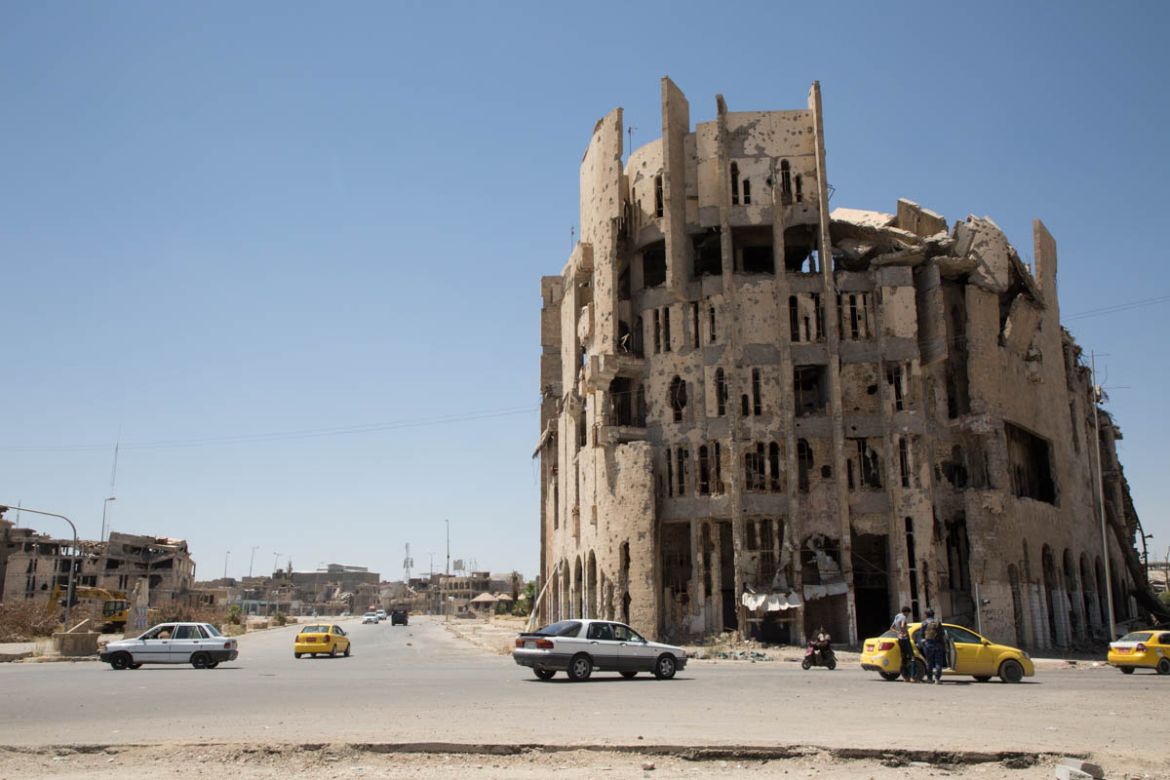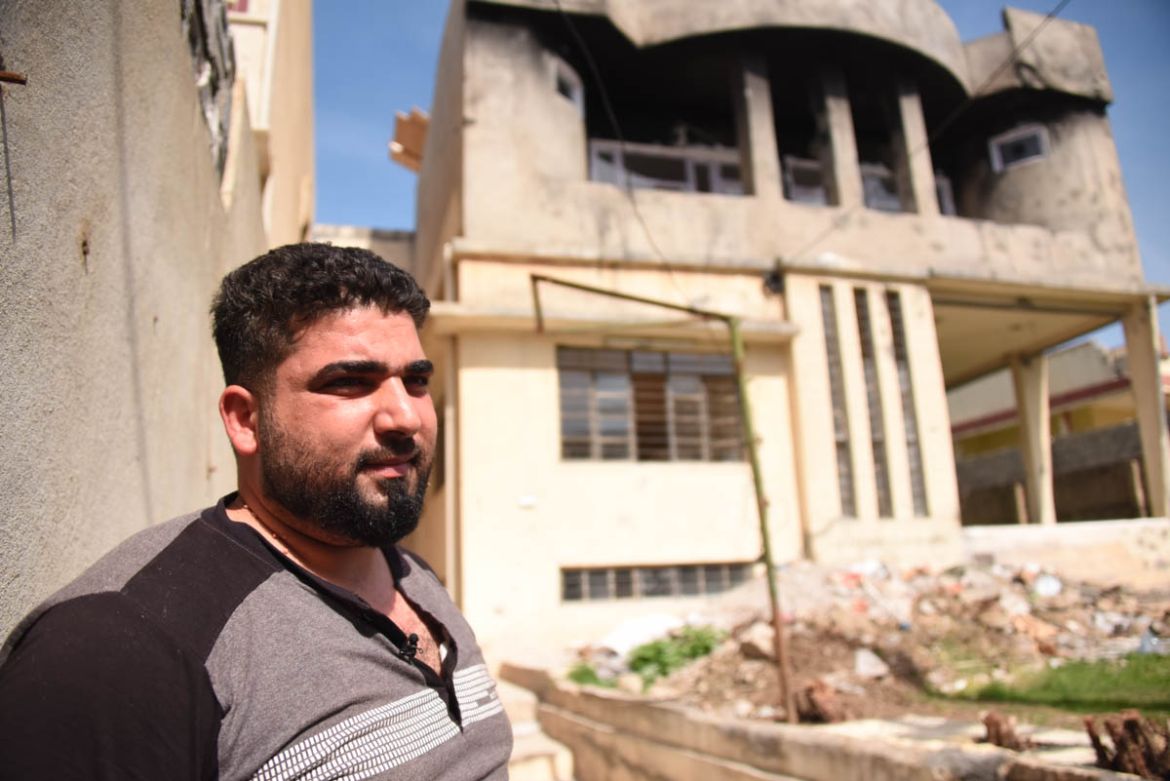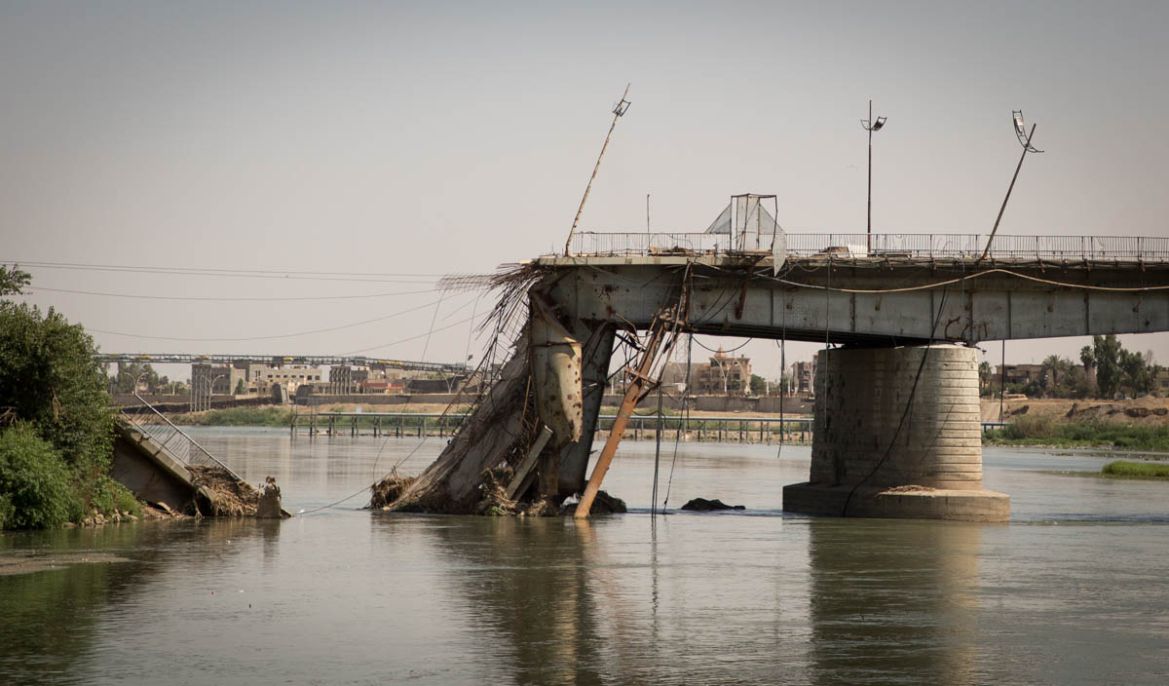In Pictures
Mosul: One year on
After ISIL, a city still in ruins.
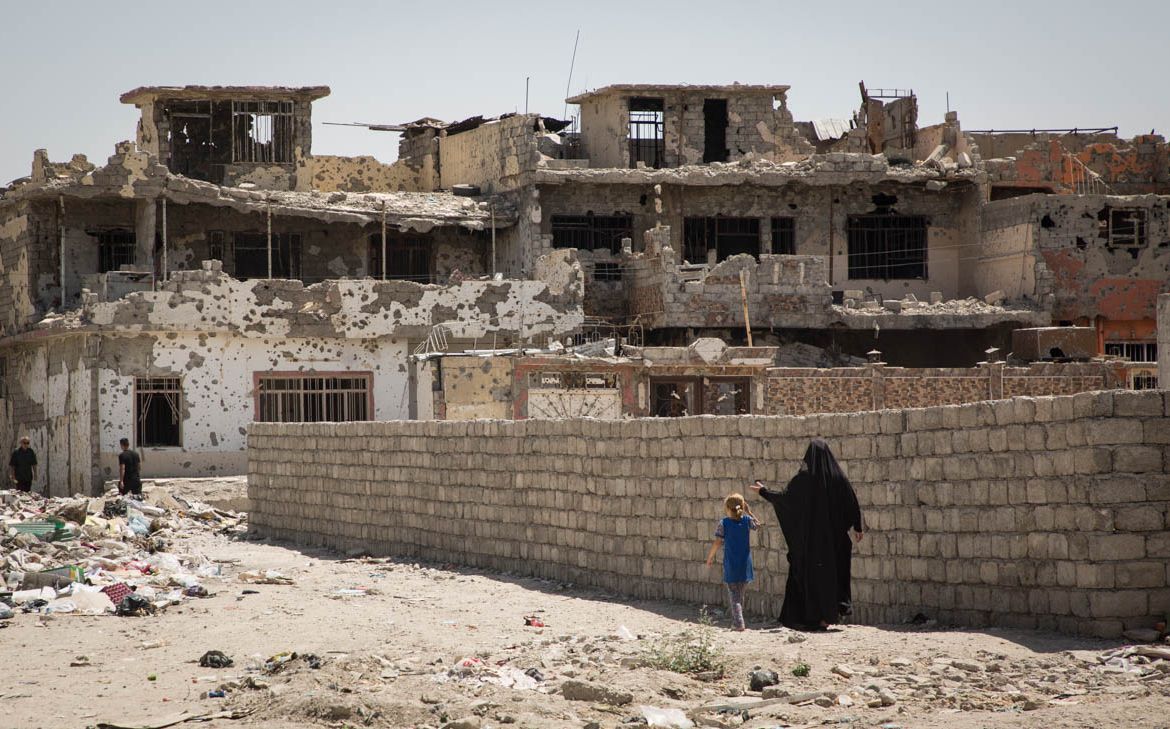
More than 380,000 people are still displaced in and around Mosul as the city lies in ruins, one year after it was retaken from the Islamic State of Iraq and the Levant (ISIL, also known as ISIS) group.
What was hailed by the Iraqi authorities and the international community as a victory has not translated to relief from misery for many Iraqis in the city.
The level of destruction in Mosul is considered the worst in Iraq, with a staggering eight million tonnes of debris.
On the western side of town, few buildings emerged unscathed. Around 90 percent of western Mosul is still devastated, with 62 schools destroyed and 207 damaged.
Some 54,000 houses in Mosul and the surrounding areas have been destroyed, displacing the families who lived there.
Not all families were able to find shelter in camps, and one-third of those living outside of camps may face eviction because they cannot afford the rent.
There has been minimal international support for the displaced people of Iraq over the past year.
An estimated $874m is needed to restore basic infrastructure in Mosul.
